The Suburban War on Drugs
Matthew Lassiter discusses the crack down on the sale and consumption of drugs at the behest of white, well-to-do parents.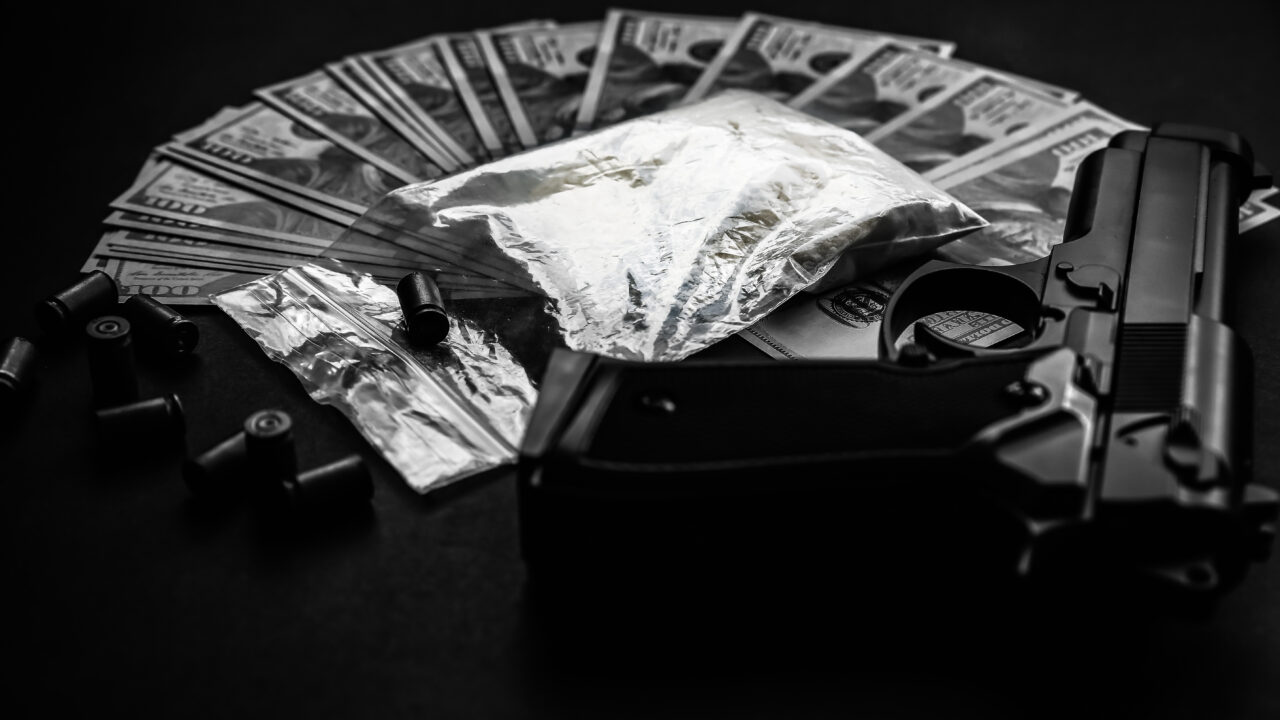 Image: Adobe
Image: Adobe
Many of today’s fiercest political battles are being fought over America’s children, often by political coalitions fronted by America’s mothers. Whether those moms are for liberty or demanding action on gun violence, the moral currency of motherhood is politically potent and protean, being harnessed to wildly different political and ideological goals. But one thing that mom politics often have in common is the circling of wagons around invasive threats to suburban communities, presuming the suburban community to be an ideal social and moral geography, and at the same time also perpetually under threats from without – be they handguns, fentanyl, or books about gender.
The suburbanization of politics and culture is a central focus of study for Matthew Lassiter, a historian at the University of Michigan. His new book, The Suburban Crisis: White America and the War on Drugs, is an ambitious work that covers four decades of American efforts to control the sale and consumption of illicit drugs.
Michan Connor: I’d like to start by talking about this project as one that grew out of your previous monograph The Silent Majority, which linked postwar American partisan politics to the growth of the sunbelt suburbs. Can you talk about why — and how — you focused on the War on Drugs as a touchstone for understanding American suburbs?
Matthew Lassiter: As I was finishing The Silent Majority, I started teaching an undergraduate lecture course on the “History of American Suburbia” and developing the conceptual framework of “suburban crisis.” Briefly stated, the suburban crisis is a deeply embedded structural force in American political culture and policy formation that presents white middle-class suburban families simultaneously as the nation’s foremost heroes and victims. White suburbia, depicted as a utopian setting, is therefore always symbolically collapsing into a dystopian nightmare through tropes of innocence lost, racialized external invasions, and the recurring spread of drug and crime epidemics from the inner cities to the middle-class sanctuaries.
The turning point came when I discovered thousands of letters from suburban Los Angeles parents during the 1950s demanding lengthy penalties for narcotics “pushers” to protect white children from smoking marijuana. Michelle Alexander’s publication of The New Jim Crow also made an investigation of historical racial disparities in the War on Drugs seem more urgent, as did conversations among urban and political historians about the need to investigate the carceral state in its broadest dimensions.
MC: Following from that, what do we learn about the history of the drug war and drug policy formation by framing it as a suburban phenomenon?
The mass arrests of white Americans and suburban youth in the mid-1960s and early 1970s are hidden in plain sight in federal crime data. The proportion of white drug arrests surged in the late 1960s and early 1970s, during the era of campus protests and the trickle-down counterculture, peaking at 81 percent of total drug arrests and 89 percent of juvenile arrests nationwide. But police, prosecutors, and juvenile delinquency agencies generally diverted white middle-class youth arrested for drug offenses (most often, marijuana possession) directly into rehabilitation programs or other probationary mechanisms that by design did not leave a criminal record.
The mass arrests of white Americans and suburban youth in the mid-1960s and early 1970s are hidden in plain sight in federal crime data.
The combination of enforcement crackdowns and prevention/rehabilitation campaigns in white middle-class areas played a crucial role in the escalation of the national war on drugs in three phases. First, in the 1950s, tough mandatory-minimum laws were established to protect white youth from so-called drug pushers. Second was the comprehensive 1970 federal drug legislation that paired harsher penalties for traffickers with a misdemeanor probationary loophole to facilitate rehabilitation of white marijuana users before they could “progress” to heroin, or escape to the underground of hippies and radicals. Third, we saw the zero-tolerance crusade to save white suburban kids from marijuana and cocaine in the late 1970s and 1980s. The suburban crisis framework of white youth succumbing to cocaine addiction even helped structure the 1986 federal drug law that intensified the war on crack, resulting in extreme racial disparities in the targeted arrest and incarceration of African Americans in urban centers.
MC: Let’s talk about how The Suburban Crisis contributes to the policy history of the War on Drugs. Many advocates for drug policy reform today look back to moments in the drug war, particularly the big federal crime bills passed in the 1980s, as inflection points in the triumph of punishment over treatment, when conservatives set the agenda over liberals, taking their lead from cops instead of doctors, and built jails and prisons instead of hospitals and clinics. What’s wrong with this binary of treatment and punishment?
Arresting people to force them into drug rehabilitation and treatment programs is a form of punishment and state coercion. This approach is the essence of the mainstream liberal philosophy at the foundation of the modern war on drugs—crack down hard on the foreign suppliers and domestic traffickers, and then arrest and divert their alleged “victims” into coercive rehabilitation, by threatening addicts and recreational users alike with jail or prison. The war on drugs has escalated since the 1950s through the bipartisan commitment to the underlying policy of criminalization, a consensus project shaped by the intertwined policies of punitive law enforcement and coercive public health.
The main historical disagreement between liberals and conservatives was over where to draw the line between the victims who deserved rehabilitation and the criminals who deserved incarceration. And almost everyone across the political spectrum believed that white middle-class Americans, regardless of what laws they broke, were on the rehabilitation side of that line and also represented the most important victims in need of saving.
My book argues that public health-oriented liberals, not conservative Republicans, were the main architects of American drug control policy from the 1950s through the 1980s. It’s just wrong to say that Richard Nixon started the modern war on drugs—it began in the early 1950s, especially in the bellwether region of Southern California, where the “progressive” rehabilitative model of crime and drug control prevailed. It’s also wrong to give Nixon and Reagan too much of the credit or blame for signing the bipartisan drug laws in 1970 and 1986 that Democratic lawmakers in Congress largely crafted and that passed with near unanimity.
Liberal policymakers definitely wanted to spend more money on urban treatment programs than Republican administrations, and they were more likely to see at least some nonwhite youth as victims who also needed compulsory rehabilitation. But liberals also have aggressively advocated both market criminalization and harsh punishment for illegal drug dealers and traffickers, the consensus approach that has obviously failed to stem either the demand or supply of illegal drugs.
MC: You use language purposefully to construct a tension between the drug-related actions of suburban teens, which you pointedly refer to as “crimes,” and the status of those teens as “impossible criminals”–can you talk readers through what that term means and how impossible criminals doing real crimes affected drug policy?
First let me emphasize that my embrace of the social constructionist position that the drug “crimes” that white youth (and indeed all drug offenders) committed were illegal only because of the policy choice of criminalization, rather than anything inherently dangerous or wrong in the exchange and consumption of the drugs themselves. But I do deliberately use language of “lawbreaking” and “felony drug crimes” to emphasize that millions of white teenagers and young adults chose to violate the same drug prohibition laws disproportionately deployed to racially stigmatize and oppress nonwhite and lower-income Americans.
Public health-oriented liberals, not conservative Republicans, were the main architects of American drug control policy from the 1950s through the 1980s.
In a more specific sense, “impossible criminals” refers to the political and legal system’s discretionary response to the mass violation of the marijuana laws by white college and high school students in the 1960s and 1970s. The constant refrain that drug-control policy had to change because so many “otherwise law-abiding” youth were committing felony crimes could be heard everywhere from congressional debates to countercultural enclaves. Democrats in Congress and President Nixon used this racial trope to justify reduction of marijuana possession to a misdemeanor in order to save white youth from any threat of felony incarceration while still providing law enforcement with leverage to arrest and divert them into rehab programs.
MC: With organized parents joining police, public health experts, and politicians in shaping official policy and messaging about drugs, the concerns and perspectives of youth have often been ignored. How were you able to recover some of their voice in this history? And did encountering youth as actors in the story change how you understood it?
I really appreciate this question, because a main goal of the book is to bring suburban youth into this history as full political subjects and autonomous actors, rather than simply as victims of sinister outside forces or their own depoliticized culture of peer pressure and conformity. I started out with a different research idea, though—basically that American drug and crime control policies have criminalized and punished nonwhite communities while protecting and privileging white middle-class youth. That’s certainly an important and undeniable part of the story, but I also came to view the war on drugs, and the war on juvenile delinquency that accompanied its emergence in the 1950s and 1960s, as a state project designed for the social control of all youth.
Youth politics and voices were evident from the many ways that they forced themselves into the policy debates and into the archives. Thousands of high school and college students wrote letters to governors and other politicians demanding changes to drug policies, especially marijuana legalization. Youth with experience in illegal drug markets often testified in congressional and state legislative hearings and almost uniformly rejected the tropes that they were victims of pushers and that marijuana was a gateway to harder drugs. My favorite parts of the book are the case studies of specific suburban areas that use these sources to figure out how white middle-class drug markets actually operated, and also how these teenagers and young adults became the main organizers of the marijuana legalization and decriminalization movements of the 1970s.
MC: Your research involves a ton of engagement with the cultural products of the War on Drugs–from films aimed at audiences of parents, students, or cops, to “Very Special Episodes” of 1980s sitcoms written around “Just Say No” messaging. With distance, some of these play for laughs, but some are also important documents of cultural and policy history. Could you refer our readers to anything hat stands out for historical or comic value (or both)?
A great place to start is The Terrible Truth, a 1951 educational film co-produced by the Los Angeles County Juvenile Court and shown in high school classrooms and community forums. It tells the “true story” of a white middle-class female in suburban L.A. who starts smoking pot with her delinquent male friends, becomes an immediate heroin addict after a “pusher” jabs a needle into her arm (a preposterous scenario), and then ends up a prostitute saved only by arrest and rehab. Politicians and the news media produced this same script—the innocent white female seduced by the pusher, the inevitability of the marijuana-to-heroin gateway progression—to justify the harsh mandatory-minimum narcotics laws passed by the U.S. Congress and states including California in the early 1950s. These tropes recurred in anti-drug messaging for the next two decades, even after high school students with firsthand experience of marijuana started laughing pusher-gateway films such as Narcotics: Pit of Despair out of the classroom in the late 1960s. Public health experts began criticizing scare-tactics films as counterproductive, leading to instructional documentaries such as Beyond LSD (1967) that distinguished between recreational marijuana use and more dangerous drugs, took teenagers seriously as political actors, and emphasized that excessive drug abuse would compromise their goals.
In the 1980s, the Reagan administration and the “Just Say No” campaign denounced this so-called “responsible use” approach to drug education and resurrected the tropes of evil pushers corrupting innocent white youth. But the turn back to zero-tolerance messaging actually began in the late 1970s, when the mobilization of white suburban groups in the National Federation of Parents for Drug-Free Youth convinced the Carter administration to reverse its support for marijuana decriminalization. The crusade by this suburban coalition led to an outpouring of classroom films, TV shows, and media narratives about how dangerous marijuana had become for high school and especially middle school students in white middle-class America. An important milestone is For Parents Only: What Kids Think about Marijuana (1980), the centerpiece of the Carter administration’s adolescent prevention campaign and a direct endorsement of the mission of the National Federation of Parents. The documentary portrays real-life white preteens getting stoned constantly outside their suburban school, and then telling the camera that marijuana is harmless while their parents look on helplessly. For Parents Only urged these permissive parents to fight back against the adolescent culture of peer pressure by joining community anti-drug groups and taking a zero-tolerance stance toward any experimentation with marijuana, defined as the greatest drug threat facing the American nation.
Your support matters…Independent journalism is under threat and overshadowed by heavily funded mainstream media.
You can help level the playing field. Become a member.
Your tax-deductible contribution keeps us digging beneath the headlines to give you thought-provoking, investigative reporting and analysis that unearths what's really happening- without compromise.
Give today to support our courageous, independent journalists.


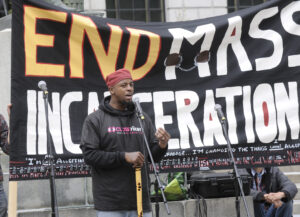
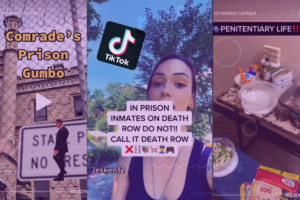
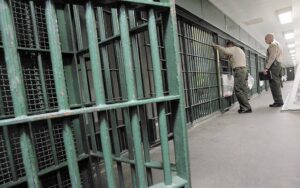
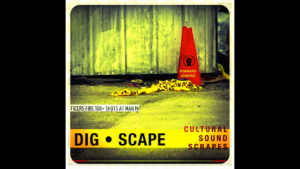
You need to be a supporter to comment.
There are currently no responses to this article.
Be the first to respond.